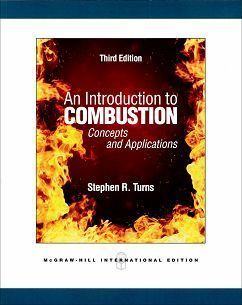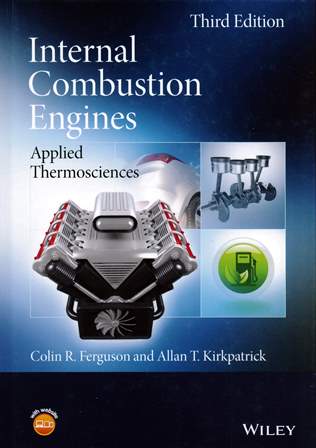書籍分類

An Introduction to Combustion: Concepts and Applications 3/e
作者:Turns
原價:NT$ 1,100
ISBN:9780071086875
版次:3
年份:2012
出版商:McGraw-Hill
頁數/規格:734頁/平裝單色
版次:3
年份:2012
出版商:McGraw-Hill
頁數/規格:734頁/平裝單色
內容介紹 本書特色 目錄
- Description
Introduction to Combustion is the leading combustion textbook for undergraduate and graduate students because of its easy-to-understand analyses of basic combustion concepts and its introduction of a wide variety of practical applications that motivate or relate to the various theoretical concepts. This is a text that is useful for junior/senior undergraduates or graduate students in mechanical engineering and practicing engineers.
The third edition updates and adds topics related to protection of the environment, climate change, and energy use. Additionally, a new chapter is added on fuels due to the continued focus on conservation and energy independence.



